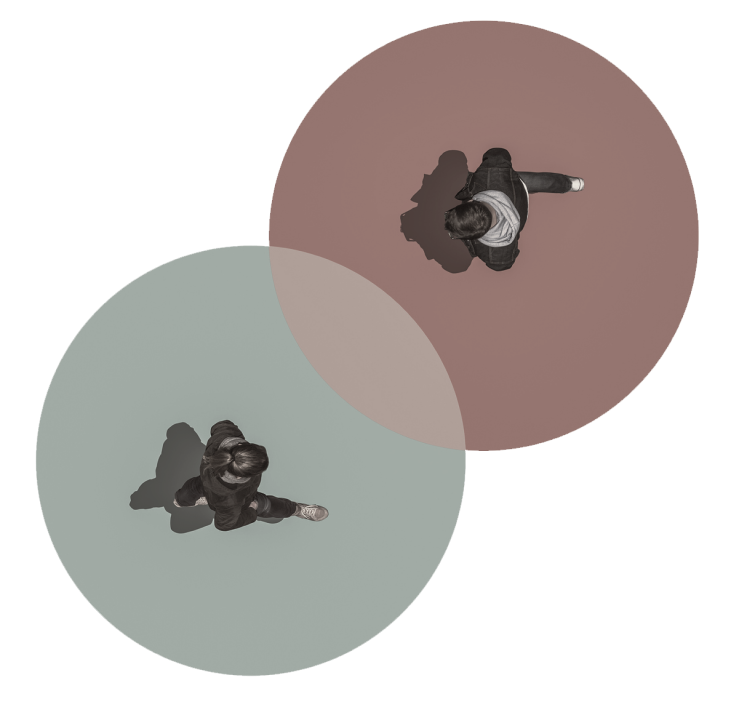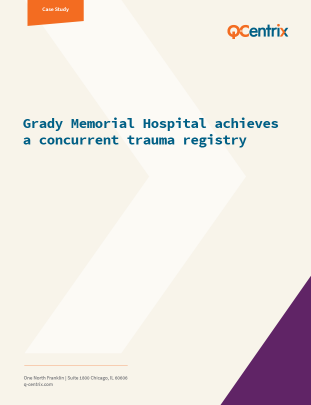
Trauma
Chaos in command
Trauma leaders are poised for transformation as factors challenging data integrity mount in the most urgent environments.
A difficult standard
Standardization is not frequently found within trauma data programs. While verification is a voluntary and standardized process, center designations are inconsistent across states which creates inequity from one Level III trauma center data set to another. The predominantly manual process of trauma data management only adds to this issue.
Data-defined best practices in trauma care delivery is more difficult than it appears — and that’s saying something.
Our trauma expertise
We offer a comprehensive approach to trauma Level I, II, III, and IV data management with a team of experts, including CSTRs and CAISSs.
Programs we support
- Trauma Quality Improvement Program (TQIP)
- American College of Surgeons (ACS)
- National Trauma Data Bank (NTDB)
- State-specific trauma programs
50+
trauma partners
36,000+
annual trauma cases
55+
experienced trauma registrars
As of July 2023
Added risk to data integrity
In light of the lack of automation in trauma program technology, certified trauma registrars, or CSTRs, are required to do more. It’s no coincidence that turnover in CSTRs is common. Thirty-five percent of trauma program leaders reported issues with retention of staff. As a result, requirements for the role are waning. In a recent survey, one-third of trauma program leaders required a high school diploma for their CSTRs; most offered educational benefits to allow them to obtain their CSTR.
The reduced expertise results in even greater risk to data fidelity.


Case study
Grady Health System record closure
Record Closure Rate Did Not Meet the ACS Standard:
- 955 of the 1,653 records abstracted in-house were completed within 60 days of patient discharge, yielding a concurrency rate of 58% (Figure 1)
- Concurrency rate fell short of the 80% required by the ACS to define the registry as “concurrent”
Outcomes after Q-Centrix Partnership:
- Utilizing a partner: 1,522 of the 1,592 records were completed within 60 days of patient discharge, yielding a concurrency rate of 95%
- Concurrency rate improved to 94% within the first month of record the project and ranged from 93-100% for the remainder of the analysis period
- Exceeded the 80% required by the ACS to be considered a “concurrent registry”
How we work
Q-Centrix offers a comprehensive approach to trauma Level I, II, III, and IV data management including a team of expert CSTRs and industry-leading quality assurance protocols that ensure meaningful, high-fidelity, complete and secure data for data-driven care decisions.




